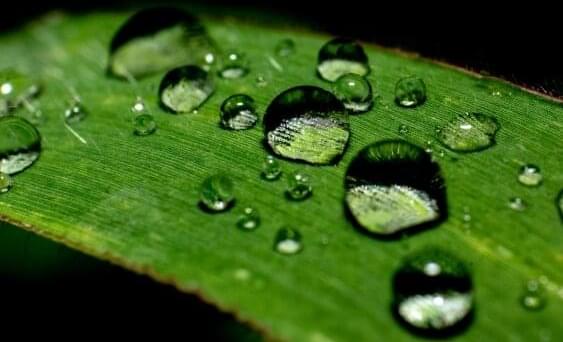Do more pores in a sieve allow more liquid to flow through it? As material scientists have uncovered, this seemingly simple question may have an unexpected answer at the nanoscale—and it could have important implications in the development of water filtration, energy storage and hydrogen production.
Researchers from UNSW Sydney, University of Duisburg-Essen (Germany), GANIL (France) and Toyota Technological Institute (Japan) experimenting with Graphene Oxide (GO) membranes have discovered the opposite can occur at the nanoscopic level. The research, published in Nano Letters, shows the chemical environment of the sieve and the surface tension of the liquid play a surprisingly important role in permeability.
The researchers observed that a density of pores doesn’t necessarily lead to higher water permeability—in other words, having more tiny holes doesn’t always allow water to flow through at the nanoscale. The study, supported by the European Union and Humboldt Research Foundation funding, shines new light on the mechanisms that govern water flow through GO membranes.
